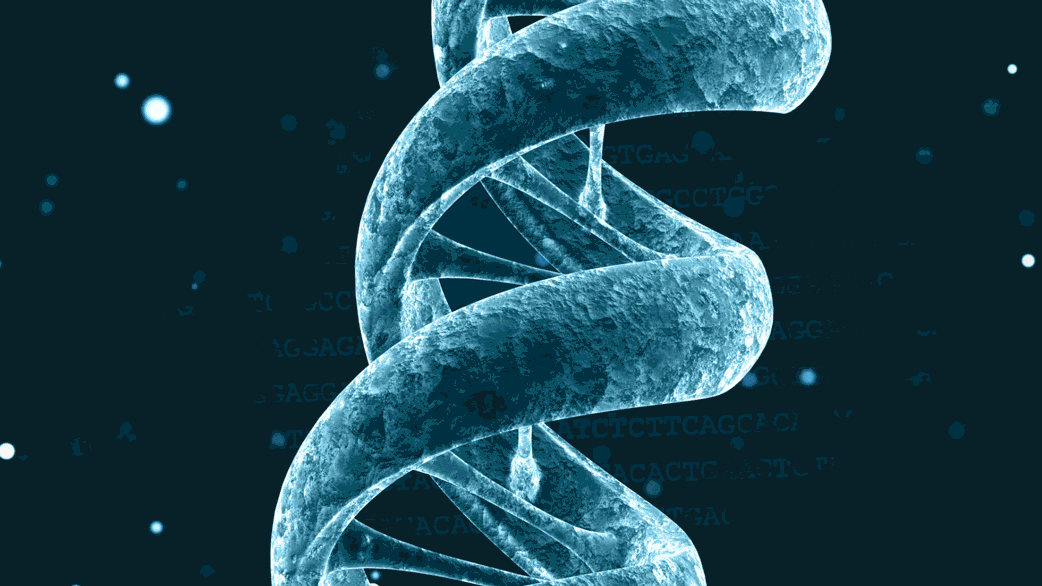
Introduction:
The Earth’s climate is changing rapidly, and one of the noticeable effects is the increasing occurrence of heavy rainfall events. This article explores the connection between greenhouse gases and heavy rains, shedding light on how human activities contribute to this phenomenon.
1. Greenhouse Gases and Global Warming:
Greenhouse gases, such as carbon dioxide (CO2), methane (CH4), and nitrous oxide (N2O), trap heat in the Earth’s atmosphere, causing a rise in global temperatures. This phenomenon, known as global warming, is primarily driven by human activities such as burning fossil fuels, deforestation, and industrial processes. The increased concentration of greenhouse gases in the atmosphere leads to a changing climate, including altered precipitation patterns.
2. Increased Water Vapor Content:
As global temperatures rise due to greenhouse gas emissions, the atmosphere can hold more water vapor. Water vapor is a potent greenhouse gas itself, further amplifying the warming effect. The increased water vapor content in the atmosphere provides the fuel for intense rainfall events. When weather conditions favor the release of this moisture, it can result in heavy downpours.
3. Enhanced Atmospheric Instability:
Higher levels of greenhouse gases contribute to increased atmospheric instability. As warm, moist air rises, it can form towering clouds that release large amounts of precipitation. This instability, combined with the increased water vapor content, creates an environment conducive to heavy rainstorms.
4. Changes in Atmospheric Circulation:
Greenhouse gas-induced warming can influence atmospheric circulation patterns. These changes can lead to shifts in weather systems, including the formation of low-pressure systems that facilitate the development of heavy rains. Disruptions in normal atmospheric circulation can also result in stalled weather fronts, causing prolonged periods of rainfall and an increased risk of heavy downpours.
5. Extreme Weather Events:
The link between greenhouse gases and heavy rains becomes evident in the occurrence of extreme weather events. Climate models project an increase in the frequency and intensity of these events as greenhouse gas emissions continue to rise. Heavy rains can lead to flash flooding, erosion, and damage to infrastructure, posing significant risks to human lives and property.
Conclusion:
The connection between greenhouse gases and heavy rains is clear. Human activities that release greenhouse gases into the atmosphere contribute to global warming, which alters the Earth’s climate system. This, in turn, leads to increased water vapor content, atmospheric instability, changes in circulation patterns, and more frequent occurrences of heavy rainfall events. Understanding this connection is crucial for addressing climate change and implementing mitigation strategies to reduce greenhouse gas emissions. By taking collective action to limit greenhouse gas emissions, we can help mitigate the impacts of heavy rains and work towards a more sustainable and resilient future.










